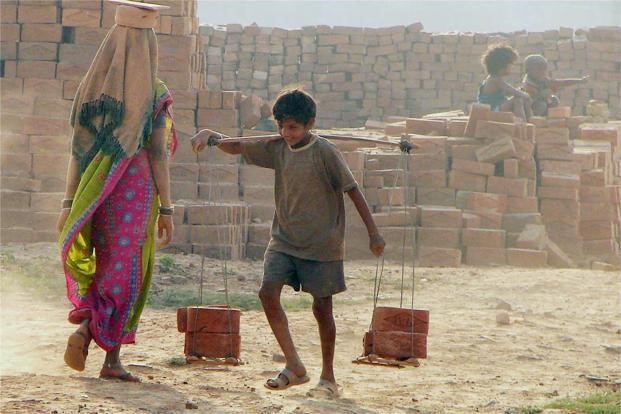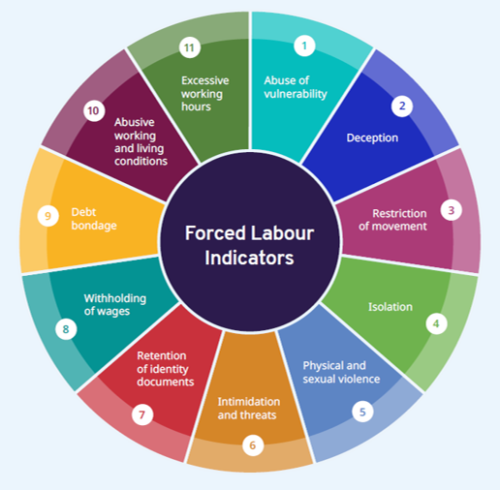Free Courses Sale ends Soon, Get It Now


Free Courses Sale ends Soon, Get It Now



Disclaimer: Copyright infringement not intended.
Context
Forced Labour

Basis of the study: ‘Profits and poverty: The economics of forced labour’
Findings of the study
Report Recommendations
RELATED ARTICLES:
https://www.iasgyan.in/daily-current-affairs/modern-slavery
https://www.iasgyan.in/daily-current-affairs/a-call-for-safer-and-healthier-working-environments
ILO: https://www.iasgyan.in/daily-current-affairs/ilo
|
PRACTICE QUESTION Q. Analyse the socio-economic impacts of forced labour, assessing the effectiveness of current legal frameworks and international collaboration in addressing this issue. Propose strategies to strengthen global initiatives aimed at eradicating forced labour and safeguarding human rights. |
© 2024 iasgyan. All right reserved